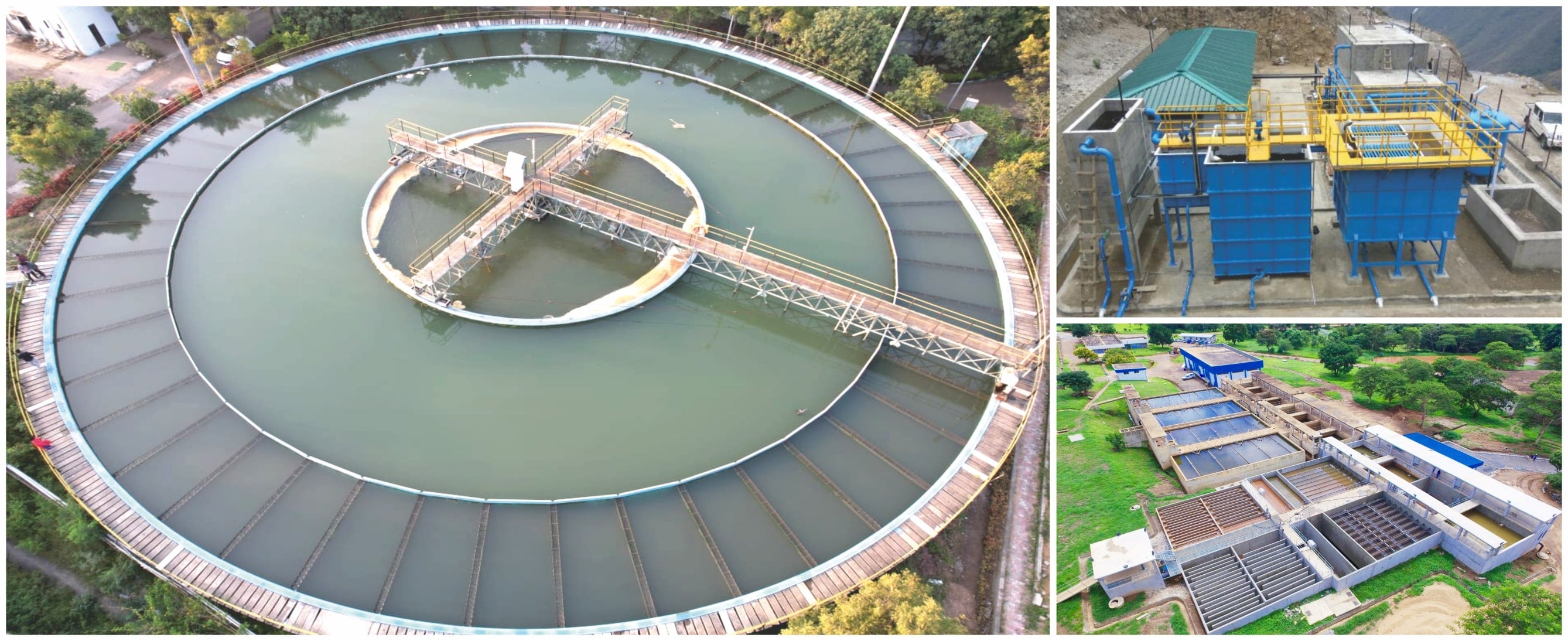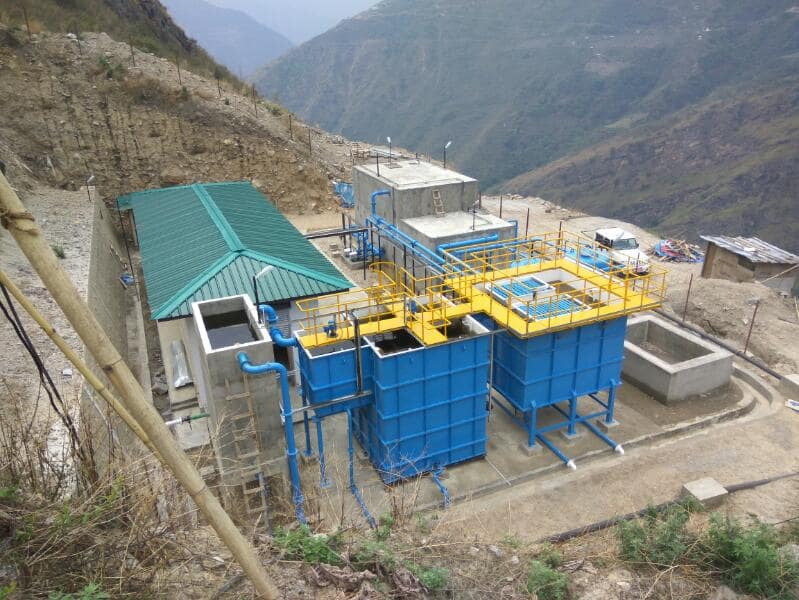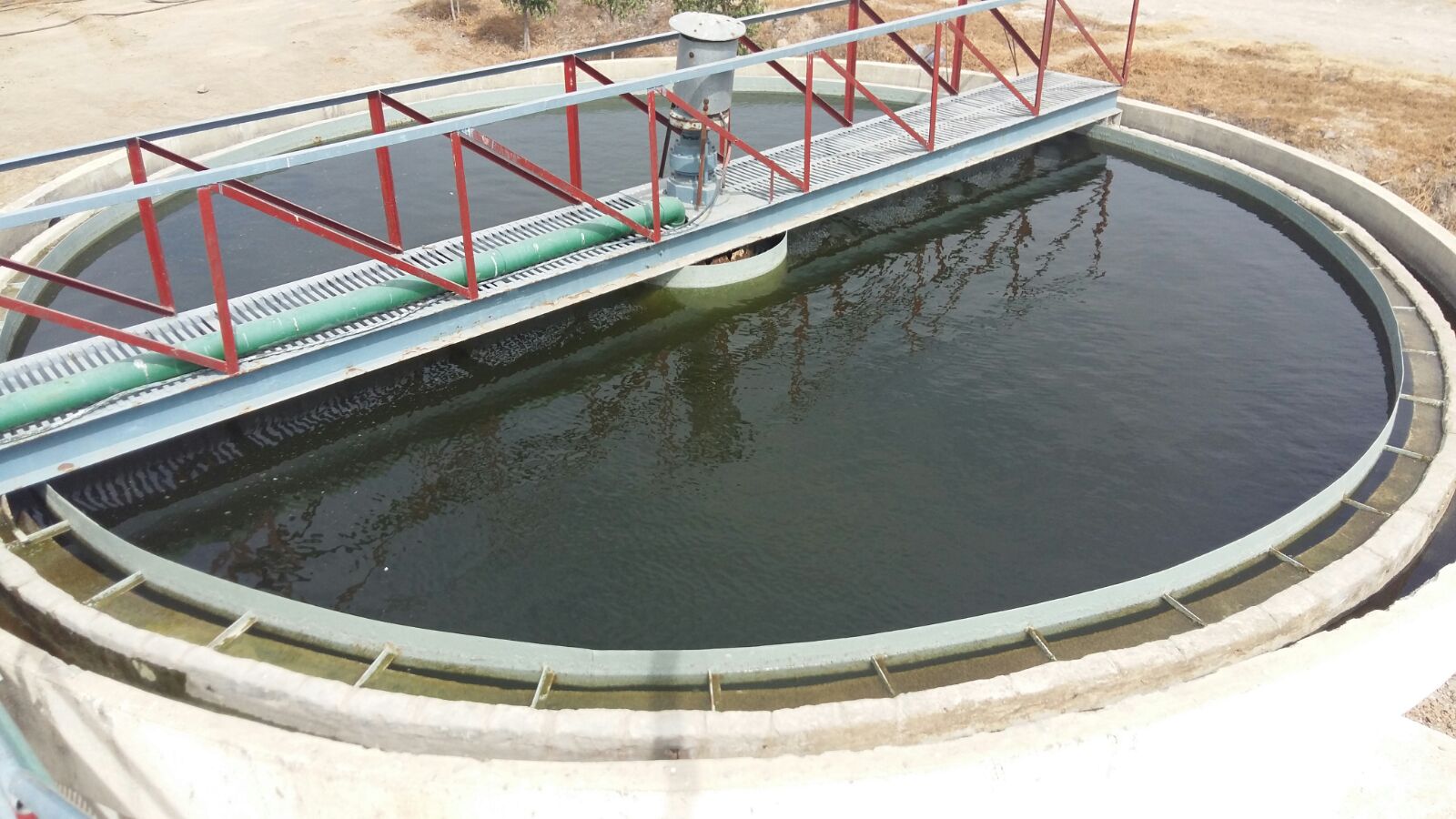A clarifier is generally used to remove solid particulates or suspended solids from liquid for clarification and/or thickening.
Frequently Asked Question
The main purpose of a clarifier system is to separate solid particles from liquid, which is often done as part of a larger wastewater treatment process. Clarifiers can be used to separate solids from liquids in various types of wastewater, such as industrial process wastewater, municipal wastewater, and stormwater runoff.
Clarifiers work by using gravity to separate solid particles from liquid. The wastewater is fed into the clarifier and flows through the device, allowing solids to settle to the bottom. The clarified water then flows out the top of the clarifier, while the solids are removed from the bottom by a scraper mechanism.
There are several different types of clarifiers available, including circular clarifiers, rectangular clarifiers, inclined plate clarifiers, and dissolved air flotation (DAF) clarifiers. The specific type of clarifier used will depend on the characteristics of the wastewater and the desired end product.
The by-products of a clarifier system are a combination of clarified water and sludge. The clarified water can be reused or discharged into the environment, while the sludge can be sent for further treatment or disposal.
The advantages of using a clarifier system include improved water quality, reduced sludge volume, and reduced costs associated with handling and disposing of sludge.
There are several signs that can indicate a clarifier system is not working properly, such as an increase in the amount of solids in the clarified water, a decrease in the rate of clarification, or an increase in sludge volume. Regular inspections and maintenance can help to ensure that the clarifier system is operating correctly.
The cost of installing and maintaining a clarifier system will depend on many factors, such as the size of the clarifier, the type of clarifier, and the location of the system. On average, costs can range from tens of thousands of dollars for a small system to several hundred thousand dollars or more for a large, industrial system.

 (1).jpg?v=1639548670)
.jpg)
.jpg)

